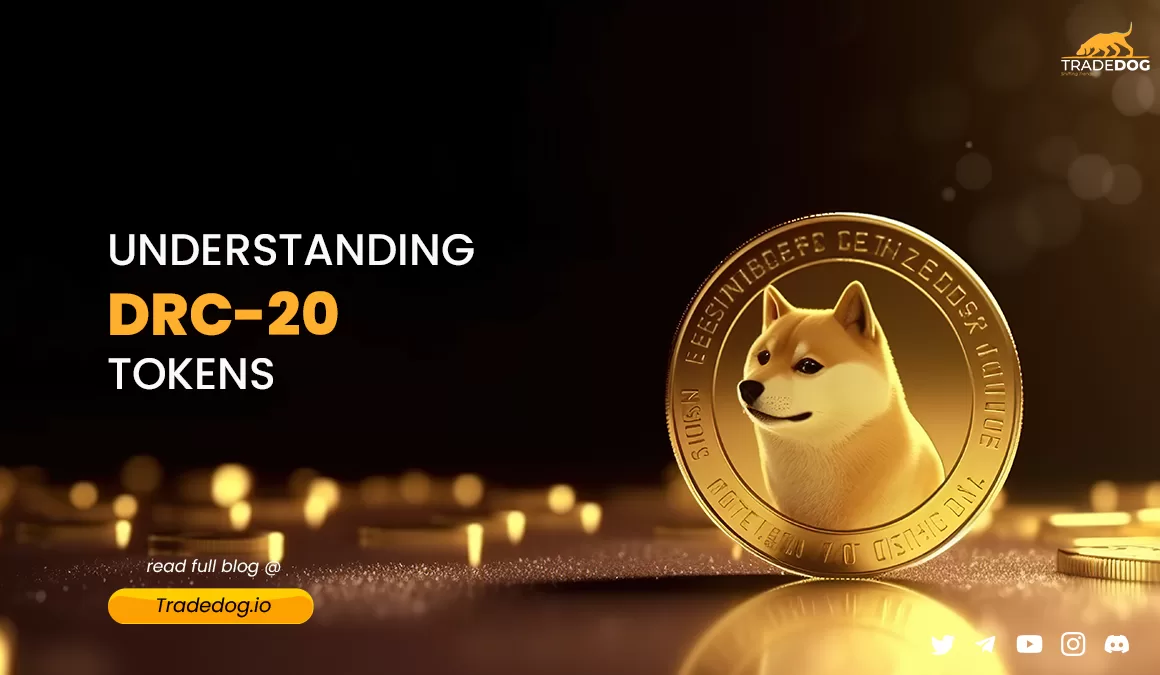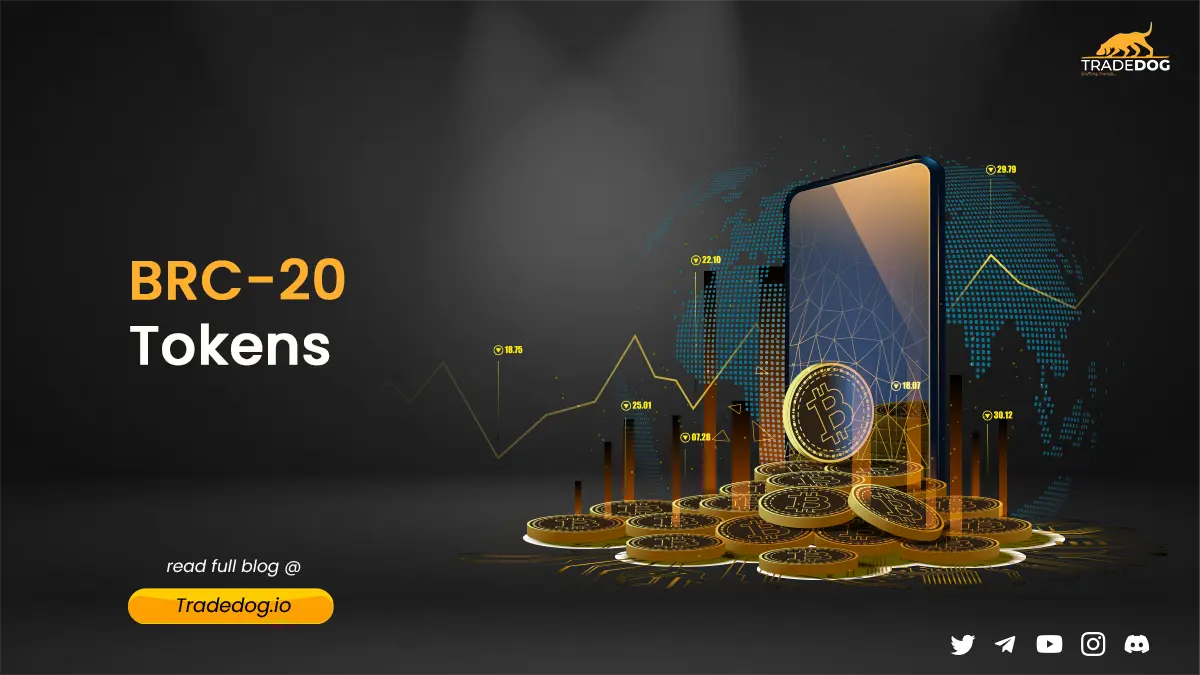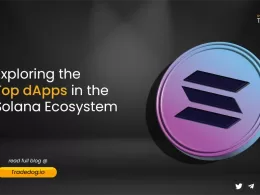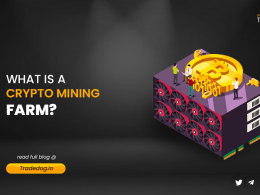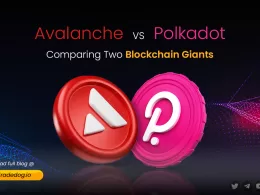Quick Links
In the midst of the dynamic frontier of emerging layer-1 blockchain debuts, such as SUI, and the unveiling of new token standards, BRC-20, on the Bitcoin Network, the well-known memecoin, Dogecoin, also made its own token standard entry into the scene on May 9. Recently, Dogecoin has witnessed a notable upsurge in its daily transaction volume, surpassing that of Bitcoin and Litecoin. This surge in transaction activity can be attributed to the increasing popularity of DRC-20 tokens.
In this blog, we will delve into the essence of the DRC-20 token standard, its implications for the Dogecoin ecosystem, the factors behind the remarkable increase in daily transactions, and lastly, the response of the DOGE community to these recent advancements.
What is DRC-20 Token Standard?
The DRC-20 token standard, which operates within the Dogecoin network, bears a resemblance to Ethereum’s ERC-20. This standard facilitates seamless interaction and compatibility between various DRC-20 tokens and associated services. These interchangeable digital assets fulfill diverse functions, including the allocation of voting privileges and the provision of user incentives.

Furthermore, these standards empower developers to create tokens that collect network fees in dogecoin (DOGE). This enhances the value proposition of dogecoin and paves the way for potential decentralized finance (DeFi) services constructed on the blockchain.
How Dogecoin Daily Transactions Reached All-Time Highs?
The daily transaction volume of Dogecoin experienced a remarkable surge, increasing by ten times compared to the average daily volume earlier this week. This surge occurred after the introduction of a new mechanism that enables the creation of tokens on the Dogecoin blockchain.

According to data from BitInfoCharts, the network recorded an impressive number of over 645,000 transactions on Sunday. Interestingly, this momentarily surpassed the number of transactions for both Bitcoin and Litecoin on that day. However, by Wednesday, the transaction volume had reverted back to its previous levels.
In the past, historical data indicates that Dogecoin usually experiences approximately 20,000 daily transactions. However, with the recent introduction of the DRC-20 token standard on May 9, there has been an instant surge in network activity.
Analysts speculate that the surge in activity can be attributed to the significant increase in the creation of DRC-20 tokens. The Dogecoin community has promoted these tokens as a derivate of BRC-20, boasting similar functionalities. In the wake of the introduction of the BRC-20 token standard, the mempool of Bitcoin became congested with transactions, resulting in exorbitant transaction fees and slower processing times. Concurrently, it is speculated that members of the Litecoin community were actively engaged in incorporating an LTC-20 standard into their blockchain.
Closing Thoughts
As the cryptocurrency market continues to evolve, it is intriguing to observe the response of the DOGE community to these advancements. Inspite of the increase in transactions, not everyone is pleased with the implementation of the DRC-20 token. Community members argue that the deployment of DRC-20 could result in network congestion and deviate from the original purpose of dogecoin as a widely-used payment currency.
A member of the Dogecoin community expressed their dissatisfaction on Twitter, stating, “The DRC-20 Dogecoin community should cease this shameless hype.” Another member emphasized the need to prioritize the practical use of dogecoin as a transactional currency.





